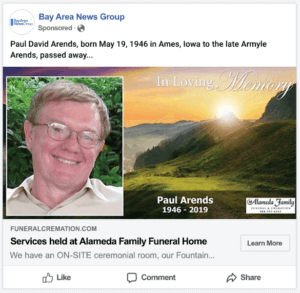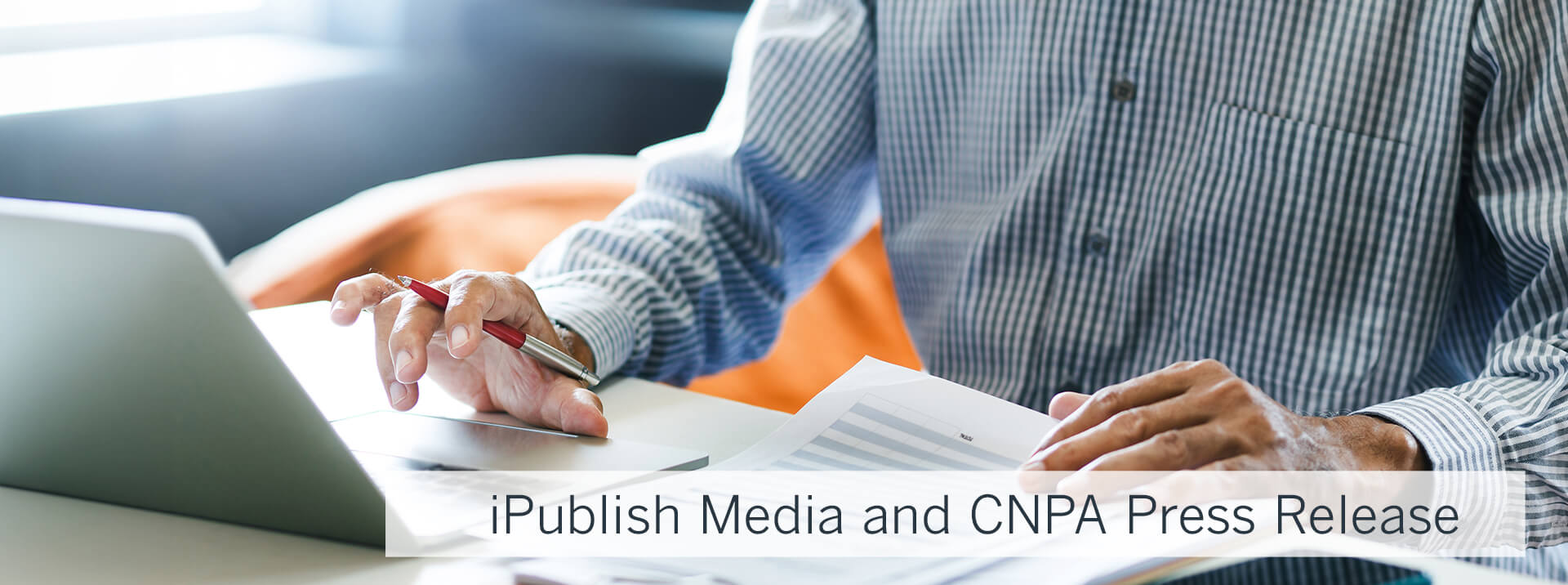 Most families appreciate having the extra distribution of their obituary on Facebook, especially as it alleviates the need to find and inform long lost friends, colleagues, and others from various stages of a loved ones life. For adult children, many of these friendships occurred before they were even born.
Most families appreciate having the extra distribution of their obituary on Facebook, especially as it alleviates the need to find and inform long lost friends, colleagues, and others from various stages of a loved ones life. For adult children, many of these friendships occurred before they were even born.
However, families are also price sensitive, and having to make one more financial decision during a stressful time with extra expenses on hand, is not always welcome.
So if you are increasing obituary prices to support adding a Facebook initiative, how should you price it to encourage families during such a sensitive moment in their lives? Is an opt-out model taking advantage? Should the price even change if families opt-out?
The Approach
There are three approaches to take either on the phone or in the self-serve interface:
A. Ask families to opt-in to the upcharge to add distribution on Facebook
B. Let families know they can save money by opting-out
C. Allow families to opt-out, however the price stays the same
So which is the best approach both for the newspaper and for families?
In our recent study of ten major newspapers, the third approach – allow families to opt-out without changing the price – was the clear winner.
One reason is that it eliminates the influence of the selling style of the person taking the order. If you’ve ever gone into a store and asked the price of an item, only to be told “That’s the most expensive one, the sale rack is over there,” you will understand the importance of how order-takers influence the sale, often in ways that the manager does not see.
The Results
Here is the raw data from from the ten newspapers:

- The two newspapers that used model A, the opt-in model, average only 6% uptake. One newspaper only had 2%. Clearly having to make one more decision to add an expense was not popular, no matter who was taking the calls.
- Newspapers that used the opt-out model, had better results. Seven newspapers using this approach had an average uptake of 41%. But within that number was a huge range of participation, from 4%, to 47% to 87%.
The difference must be how the calls from families are handled by individuals taking the orders, rather than families’ actual preferences.
- Only one newspaper, a major market tabloid, had 100% participation and zero complaints. What did they do differently? First, they allow families to call to opt-out, but there is no price change.
With one less financial decision to make, families had no problem paying the extra cost, and preferred to leave Facebook in the buy. In fact, they appreciated the added-value.
The Best Practice
Best practice is clearly to add a rate increase, but not change the price if the family opts out.
It seems counter-intuitive, but only on the surface. This approach removes the influence of an empathetic order-taker who inadvertently leads the family away from sharing the obituary further in an effort to present all the options or just save them a little money. One price is also easier for families, since they don’t need one more decision.
This keeps it simple, and the value-add is appreciated later on as families connect with long-lost friends and colleagues, who contribute their own stories. Funeral homes attest to getting the most “thank you” notes from families appreciative of these connections.
So don’t sell your program short!
Additional Resources:
> Learn more about Targeted Obituaries (Facebook Obituaries)
> Read the blog: Targeted Obituaries FAQs
> Read the blog: The Biggest Surprise of Targeted Obituaries




